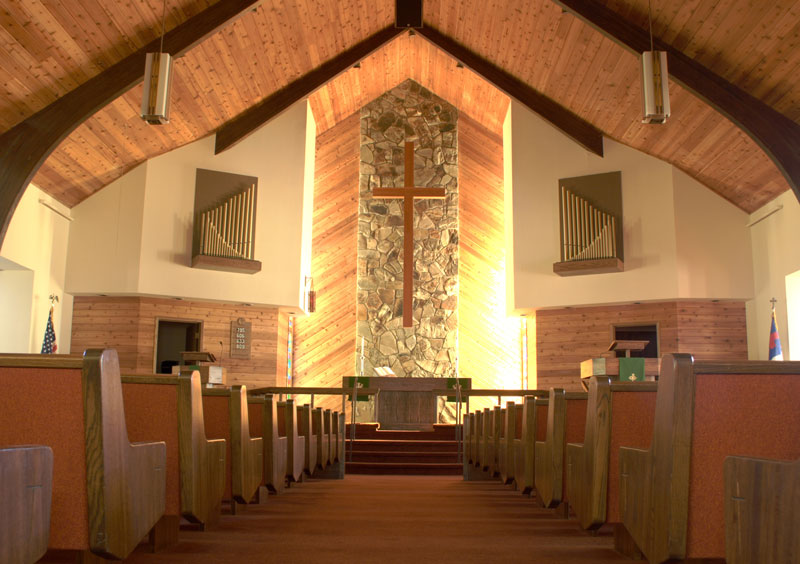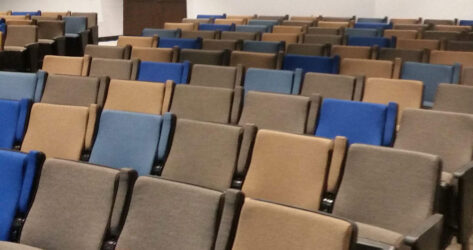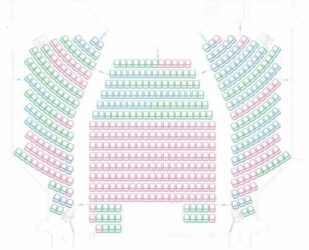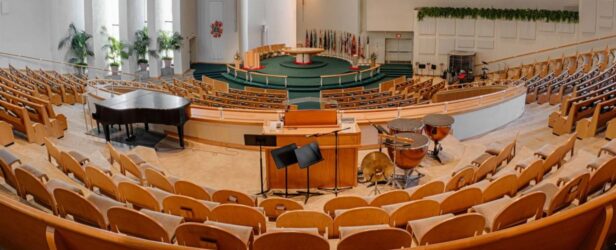Balancing Tradition and Innovation: Choosing What to Change and What to Keep in Sanctuary Worship Church Seating
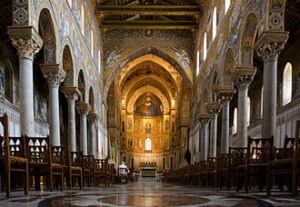 When considering updates to church seating, striking a balance between tradition and innovation is crucial. Determining what aspects to change and what to keep requires thoughtful consideration of the congregation’s needs, the worship style, and the overall vision for the church. This guide explores key factors to consider when making decisions about sanctuary updates for church fixed seats and chairs, ensuring a harmonious blend of cherished traditions and contemporary enhancements.
When considering updates to church seating, striking a balance between tradition and innovation is crucial. Determining what aspects to change and what to keep requires thoughtful consideration of the congregation’s needs, the worship style, and the overall vision for the church. This guide explores key factors to consider when making decisions about sanctuary updates for church fixed seats and chairs, ensuring a harmonious blend of cherished traditions and contemporary enhancements.
Assessing Sanctuary Congregational Needs: Start by assessing the needs and preferences of the congregation. Consider factors such as seating capacity, fixed seats or movable chairs, comfort requirements, accessibility, and flexibility for different worship styles or events. This understanding will guide the decision-making process and ensure the seating choices meet the congregation’s unique needs.
Respecting Tradition
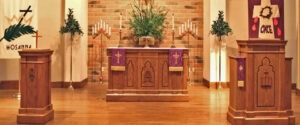 Respect the cherished traditions of the churches when making seating changes. Determine which elements hold significant meaning and align with the church’s values and history. Retaining certain traditional seating features can help maintain a sense of continuity and familiarity for the congregation.
Respect the cherished traditions of the churches when making seating changes. Determine which elements hold significant meaning and align with the church’s values and history. Retaining certain traditional seating features can help maintain a sense of continuity and familiarity for the congregation.
The history of church seats reflects the broader evolution of church architecture, sanctuary design and religious practices in North America. Here are some key points regarding the historical development of church seating in Massachusetts:
Colonial Era
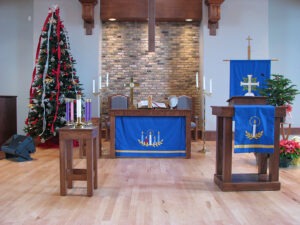 During the early colonial period in Massachusetts, churches were typically simple wooden structures. Seating arrangements were often divided by social hierarchy, with prominent families and officials occupying the best seats or pews near the pulpit, while common congregants sat in lesser-quality pews or benches. This reflected the social structure and religious beliefs of the time.
During the early colonial period in Massachusetts, churches were typically simple wooden structures. Seating arrangements were often divided by social hierarchy, with prominent families and officials occupying the best seats or pews near the pulpit, while common congregants sat in lesser-quality pews or benches. This reflected the social structure and religious beliefs of the time.
Box Pews
In the 18th and early 19th centuries, many churches adopted box pews. These were enclosed, partitioned areas for seats that resembled small rooms. Box pews were privately owned and rented or assigned to individual families. They provided a sense of privacy and social distinction within a church sanctuary.
Meetinghouse Style
The meetinghouse style of church architecture, prevalent during the colonial period, continued into the 19th century. Meetinghouses were typically rectangular buildings with a high pulpit at one end and rows of box pews facing it. This layout emphasized the centrality of the pulpit and the sermon in the religious service.
Transition to Open Seating
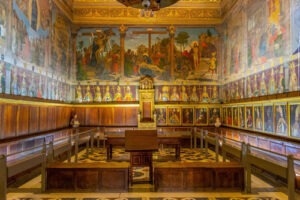 As religious practices evolved in the 19th century, there was a gradual shift away from box pews towards open seating arrangements. This change reflected a desire for greater egalitarianism and community participation in worship. Churches started replacing box pews with benches or individual chairs arranged in rows, allowing for a more open and inclusive seating arrangement.
As religious practices evolved in the 19th century, there was a gradual shift away from box pews towards open seating arrangements. This change reflected a desire for greater egalitarianism and community participation in worship. Churches started replacing box pews with benches or individual chairs arranged in rows, allowing for a more open and inclusive seating arrangement.
Modern Adaptations
In more recent times, churches have adopted a variety of seating arrangements depending on their architectural design, religious traditions, and worship style. Some churches continue to use pews or benches, while others have embraced more flexible seating options, such as movable chairs, to accommodate different events and activities.
Enhancing Comfort and Accessibility
Prioritize the comfort and accessibility of the seating. Evaluate whether the current seating provides adequate support, cushioning, and ergonomic design for extended periods of sitting. Additionally, consider accessibility features such as wheelchair-accessible seating, ramps, and clear pathways for individuals with mobility challenges.
Flexibility for Multi-Purpose Use
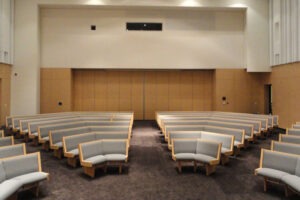 Consider the need for flexible seating arrangements to accommodate different worship styles and community events. Modular seating options or movable chairs can offer versatility, allowing the space to adapt to various activities while maintaining a sense of unity and purpose.
Consider the need for flexible seating arrangements to accommodate different worship styles and community events. Modular seating options or movable chairs can offer versatility, allowing the space to adapt to various activities while maintaining a sense of unity and purpose.
Aesthetics and Design Cohesion
Evaluate the overall aesthetics and design coherence of the sanctuary worship space. Determine whether the current seating aligns with the desired ambiance and architectural style. Updating the seats while ensuring it complements the existing design elements can create a visually harmonious and inviting environment.
Technological Integration
Assess the potential for integrating modern technologies into the seating. This could include features such as built-in audio systems, charging stations for electronic devices, or integrated tablet holders. Carefully consider how these additions can enhance the worship experience without compromising the sacred atmosphere.
Sustainability and Longevity
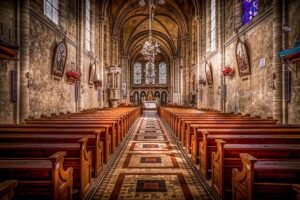 Consider the long-term sustainability and durability of the seating options. Invest in high-quality materials and craftsmanship that can withstand the rigors of frequent use, ensuring the seating remains functional and visually appealing for years to come. Sustainable materials and manufacturing processes can also align with the church’s commitment to environmental stewardship.
Consider the long-term sustainability and durability of the seating options. Invest in high-quality materials and craftsmanship that can withstand the rigors of frequent use, ensuring the seating remains functional and visually appealing for years to come. Sustainable materials and manufacturing processes can also align with the church’s commitment to environmental stewardship.
Whether to use tradition or innovation is key when making decisions about church seating updates. By assessing congregational needs, respecting tradition, enhancing comfort and accessibility, prioritizing flexibility, considering aesthetics and design coherence, exploring technological integration, and ensuring sustainability, churches can make informed choices that create a harmonious and inviting worship space. Thoughtful changes to church seating can enhance the worship experience while preserving the cherished traditions that hold deep meaning for the congregation.



